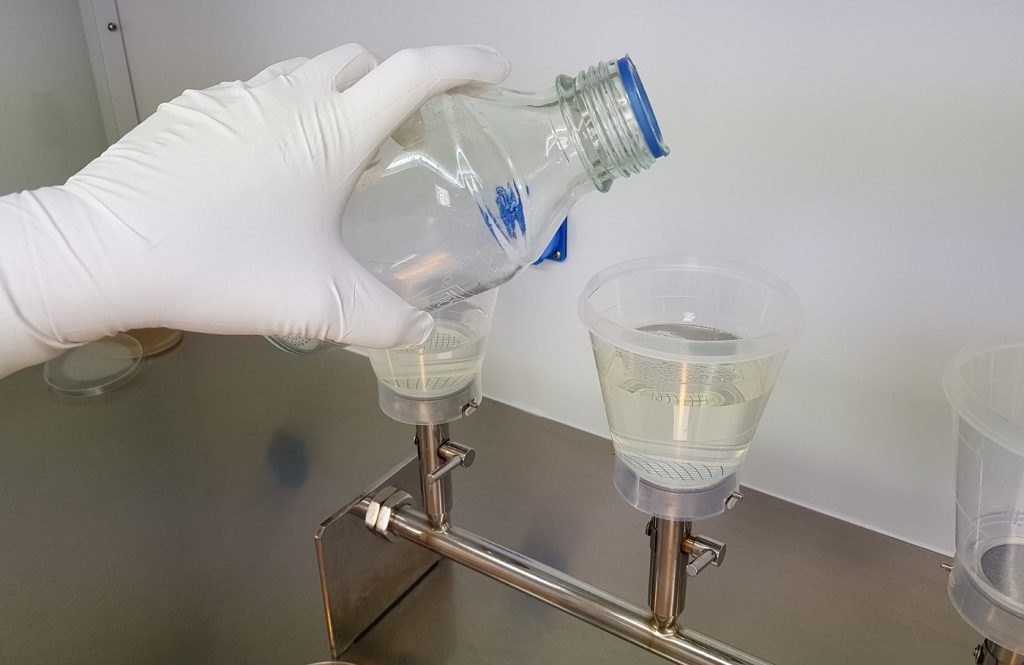Bioburden testing is a Vital QC step for contamination Detection, but the conventional compendium method can cause headaches for active labs. Sample enumeration, monitoring and reporting is typically a subjective, time-consuming, manual process that is prone to human error. The Growth Immediate System® overcomes these challenges. This Quick Microbial Method incorporates novel growth-based technology with innovative automation. The synergy of these creations enables rapid, precise enumeration, Digitization boosts QC laboratory productivity, eliminating manual sample analysis and improving data integrity. The Growing Direct System automates the incubation and reading of test samples. The system can detect microbial growth at a much earlier stage of colony growth. Since testing is non-destructive, requiring no reagents, positive samples can continue to incubate and be routed to a microbial identification system for additional analysis.

The Growing Direct System automates QC Micro testing and Digitizes results to guarantee data integrity. The system can export result reports or link to a two-way laboratory information management system LIMS to fully eliminate manual data entry and drive productivity. Learn how the Rapid-automated method can help you produce a high-performing, digitized QC bioburden testing micro laboratory in our Lab Optimization Master Series. Download our Lab Performance Questionnaire and Begin. This easy 11-point poll will help you begin to Identify the most critical areas where your laboratory needs workflow and process improvement.
The MPN approach functions best when the results demonstrate fractional growth, when at least one test article is favorable for growth and at least one test article is negative for expansion in the sample collection. There are many reasons for using the MPN method When analysing medical devices, pharmaceutical products, or tissue-based products. Typically, this process is used when conventional extraction and filtration testing methods are hard to perform given the physical nature of the product e.g., powders and dyes. MPN testing might also be appropriate once the merchandise dAAS not lend itself to elimination of the bioburden by extraction, pour plating, or method. It is also valuable in attaining a more sensitive limit of detection, such as when a minimal radiation sterilization dose is wanted and the product bioburden count is reduced.